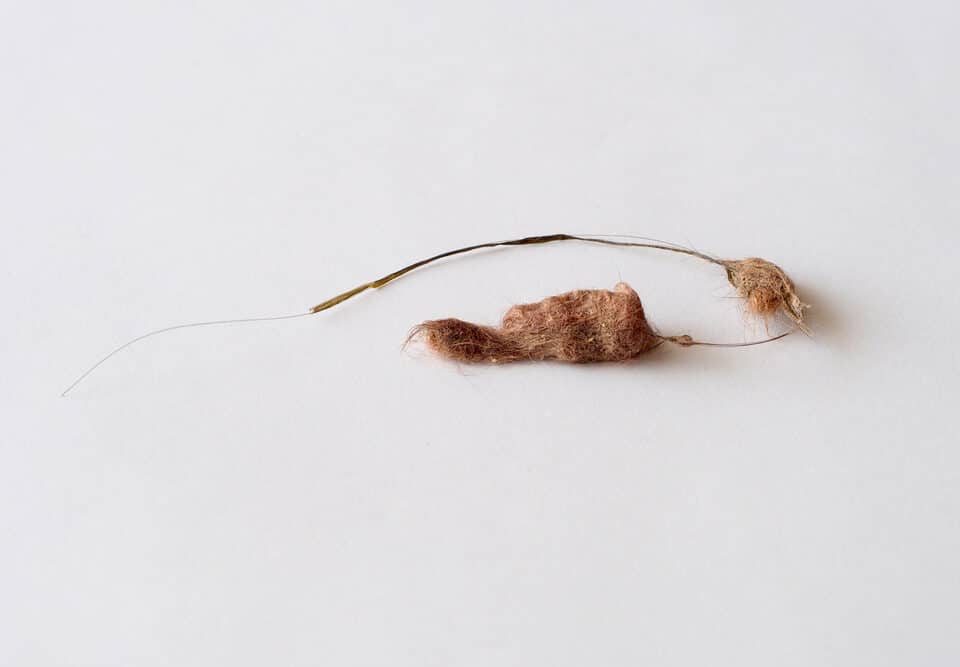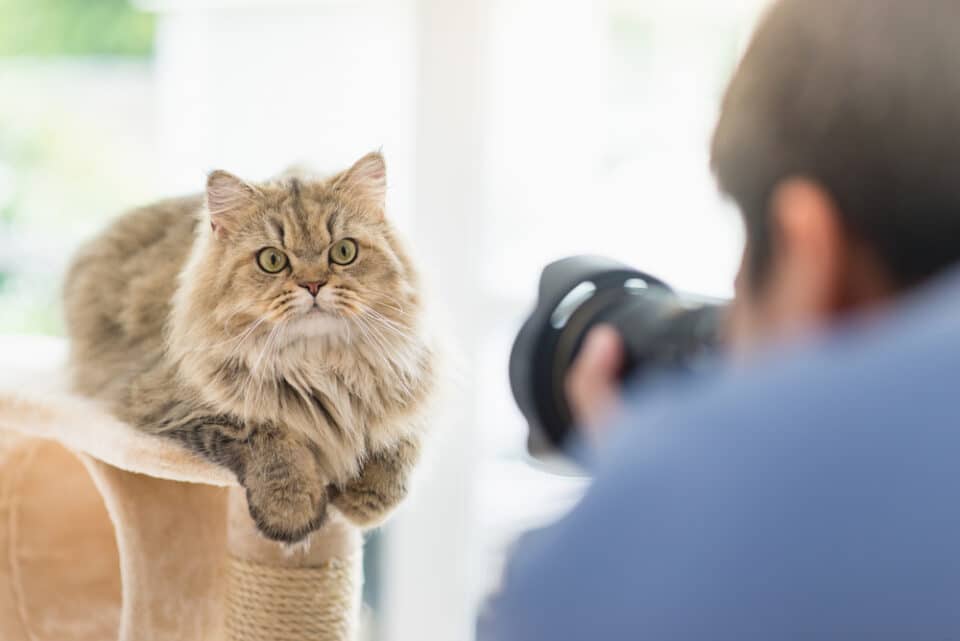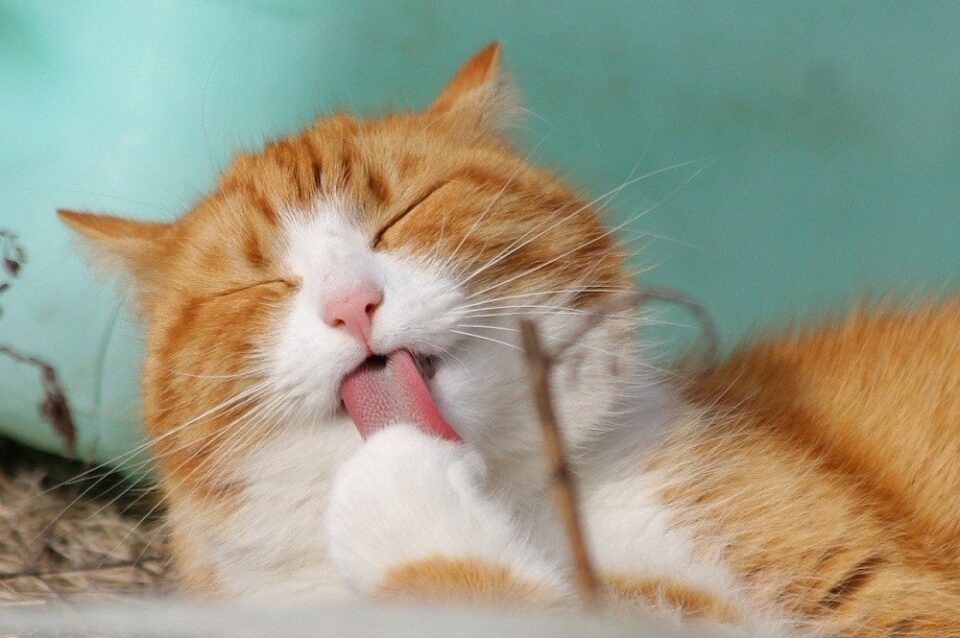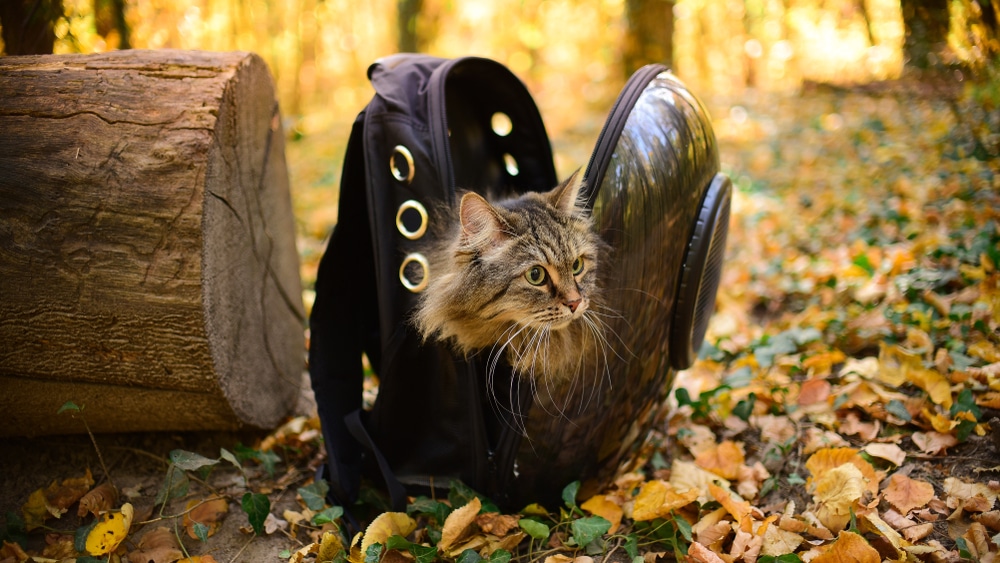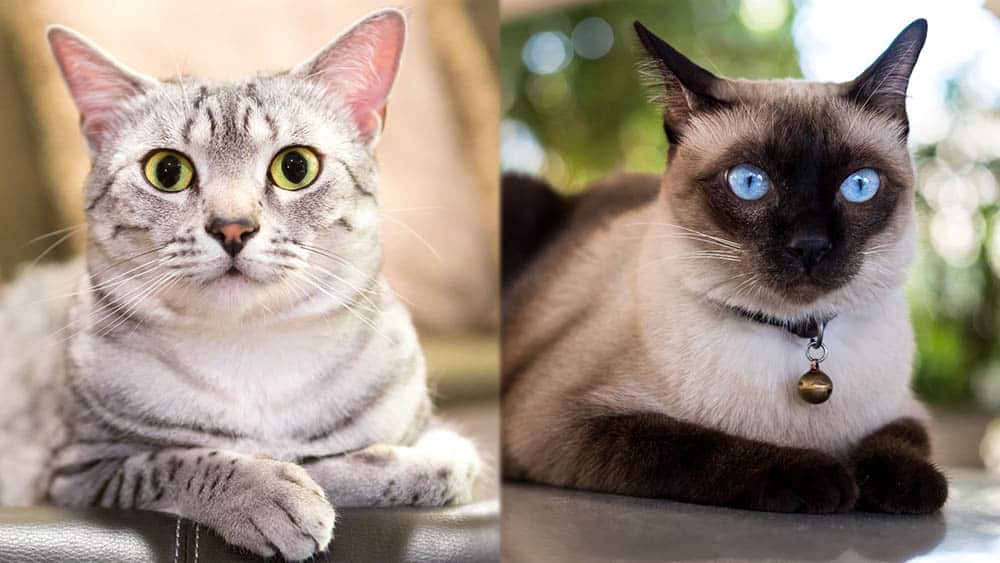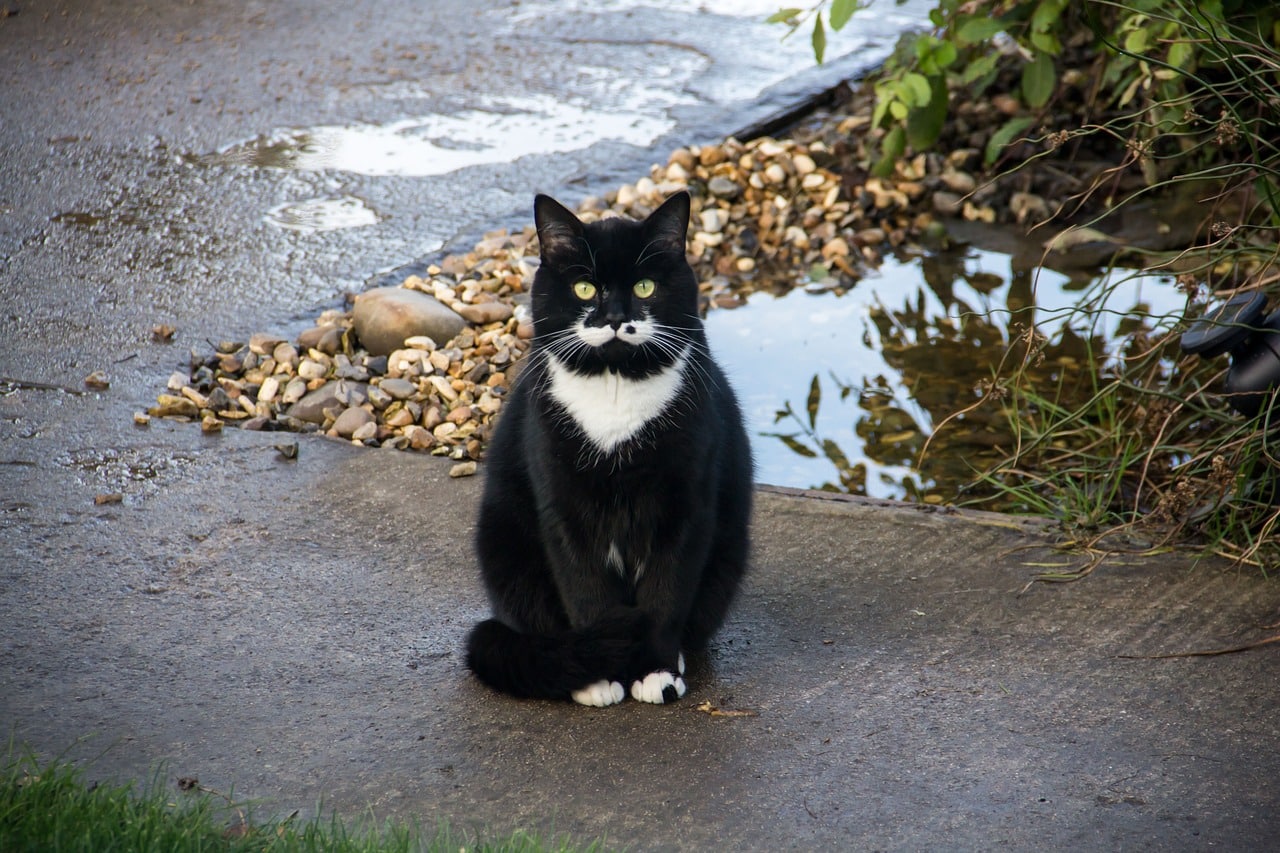Let’s dive into why our feline friends produce hairballs, a topic every cat owner can relate to.
- Cats spend nearly half their day grooming, ingesting quite a bit of fur along the way.
- Some breeds, particularly those with longer hair, are more likely to produce hairballs.
- Gastrointestinal issues can also contribute to the development of these hairy bundles.
- There are effective ways to help reduce the frequency of hairballs in our furry companions.
Ever been startled by the sudden retching sound from your cat? That’s often a sign that a hairball is on its way. Cats dedicate around 50% of their day to grooming, and unfortunately, not all the fur they lick ends up on your clothes. A portion travels down to their stomach, sometimes forming hairballs that get thrown up around the house.
Long-haired breeds, like Ragdolls and Himalayans, are more prone to these fluffy surprises. It’s not just about the length of their fur, though. Cats with skin issues that lead to excessive grooming can also find themselves coughing up more fur than usual. Hairball season isn’t a joke either — spring and autumn, when cats naturally shed more, can see an uptick in these events.
Cats with certain gut problems can’t process fur efficiently. If your cat has conditions like pancreatitis or inflammatory bowel disease, they might struggle more with hairballs. Gastrointestinal issues can lead to a pile-up of fur in their system, making hairball appearances more frequent.
Seeing your cat struggle to expel a hairball can be distressing. If they keep trying without success, it’s time to consult a vet. Unproductive retching could mean a hairball is stuck, or it might signal a different health issue. This can get serious if left unchecked, potentially leading to a blockage or even mimicking conditions like asthma.
Fortunately, there are ways to manage this hairy situation. Regular brushing helps reduce the amount of fur your cat ingests during self-grooming. Encouraging your cat to drink more water also aids in digestion, preventing a buildup of fur inside. Over-the-counter remedies and special diets designed to tackle hairballs can also make a difference. However, any significant changes or persistent problems should be discussed with a vet first.
Hairballs are a natural part of having cats, but with a bit of care, their occurrence can be minimized, keeping both cats and carpets happy.
